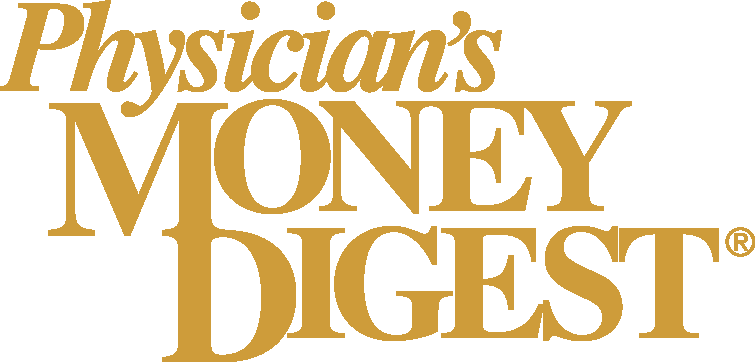
How pay-first and direct primary care models are reshaping practice finances and patient experience
Key Takeaways
- Physicians face financial challenges due to rising costs and tightening insurance margins, prompting interest in new payment models.
- The pay-first model improves cash flow by collecting patient payments upfront, reducing manual collections and bad-debt write-offs.
Innovative payment models — like pay-first and direct primary care — enhance financial stability and patient engagement for independent practices.
More than half of physicians (56%) report concern about their organization’s financial health, according to the
Enter into this climate two emerging payment approaches that are gaining traction: the pay‑first model, which collects copays, deductibles and any postvisit balances up front, and the
The pay-first model
Under the pay‑first model, practices prompt patients to settle their financial responsibilities such as copays and estimated deductibles before or at check‑in via a secure interface that is compliant with payment card security standards. Once the insurer processes the claim, any remaining patient responsibility is automatically charged to the credit card on file, drastically reducing manual collections and bad‑debt write‑offs. Outstanding balances from previous visits can also be settled proactively, preventing them from slipping into long‑term receivables.
From a provider’s perspective, this shift to point‑of‑service collections leads to a more predictable cash flow and lower accounts receivable days. Front desk and billing teams spend significantly less time chasing unpaid bills and more on patient engagement, and many of these practices report no-show reductions ranging from 25% to 45%.
“Collecting copays and deductibles before appointments means our billing team spends far less time on follow‑up, and we’ve been able to reinvest resources into patient retention initiatives,” reports Shine John, DPM, of
Direct primary care model
While pay‑first optimizes the traditional fee‑for‑service framework, the DPC model reimagines primary care financing entirely. Under DPC, patients pay a flat monthly or annual subscription, often between $50 and $100 per person, that covers most in‑office services, from preventive exams and chronic disease management to same‑day appointments, basic labs and administrative support.
This subscription revenue provides practices with stable, recurring cash flow that is not subject to insurance processing delays or denials. Without the need to submit claims for routine visits, administrative teams can redirect their efforts toward care coordination, patient outreach and practice growth rather than coding and appeals.
Patients, in turn, benefit from eliminated copays and coinsurance for covered primary care services, predictable budgeting and more accessible care: Many DPC practices guarantee same‑day or next‑day appointments, 24/7 messaging and extended visits that foster deeper physician‑patient relationships.
Those patients typically maintain traditional insurance for services outside the primary care scope, such as hospitalizations and specialist procedures, making DPC an attractive complement to high‑deductible plans or for those without coverage.
Which model is right for your practice?
Deciding
It represents a gradual shift toward patient‑centered payment without abandoning fee‑for‑service entirely. DPC, by contrast, appeals to practices aiming to offer a white‑glove, relationship‑driven experience: Smaller patient panels enable more time per visit, and subscription revenue frees physicians to innovate in care delivery.
Regardless of the path chosen, clear communication is essential. Practices must articulate which services are covered, when payments are due and any remaining out‑of‑pocket costs. Implementing either model also requires robust digital tools — such as integrated patient portals, automated reminders and secure payment interfaces — to ensure seamless eligibility checks, billing coordination and patient record continuity.
Continuous measurement of key metrics, such as revenue stability, no‑show rates, patient satisfaction and administrative time saved, enables practices to refine pricing tiers, panel sizes and workflows. Furthermore, understanding legal and regulatory considerations is critical: DPC practices must navigate state direct‑contracting laws, while pay‑first models must comply with federal and commercial payer requirements for telehealth and billing.
The health care industry is moving toward payment models that prioritize transparency, predictability and patient engagement. The pay‑first approach offers a pragmatic enhancement to existing fee‑for‑service practices, while DPC delivers a more fundamental transformation of the primary care experience. By selecting the model that aligns with their patients’ needs and investing in clear communication, integrated technology and ongoing evaluation, practices can achieve both financial sustainability and a superior patient experience — ultimately strengthening the delivery of care in today’s ever‑evolving landscape.
Hari Prasad is the founder and CEO of
Newsletter
Stay informed and empowered with Medical Economics enewsletter, delivering expert insights, financial strategies, practice management tips and technology trends — tailored for today’s physicians.










